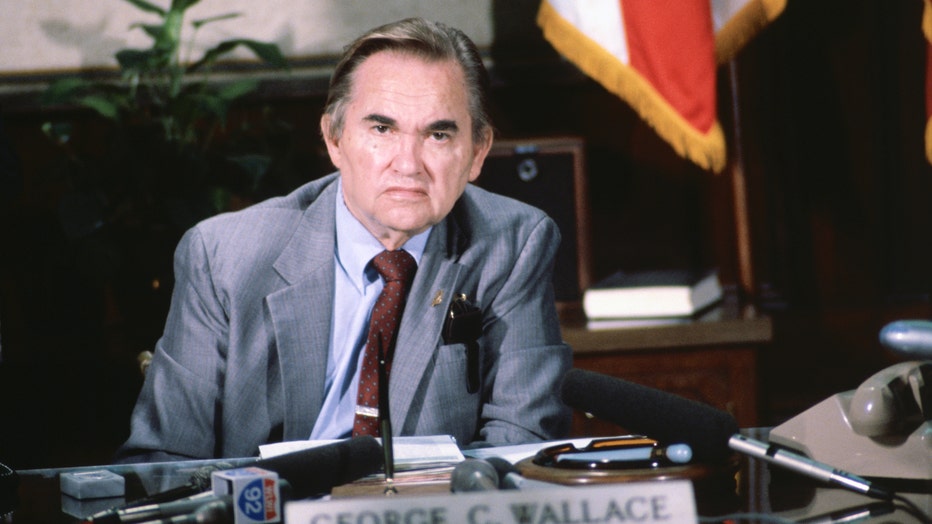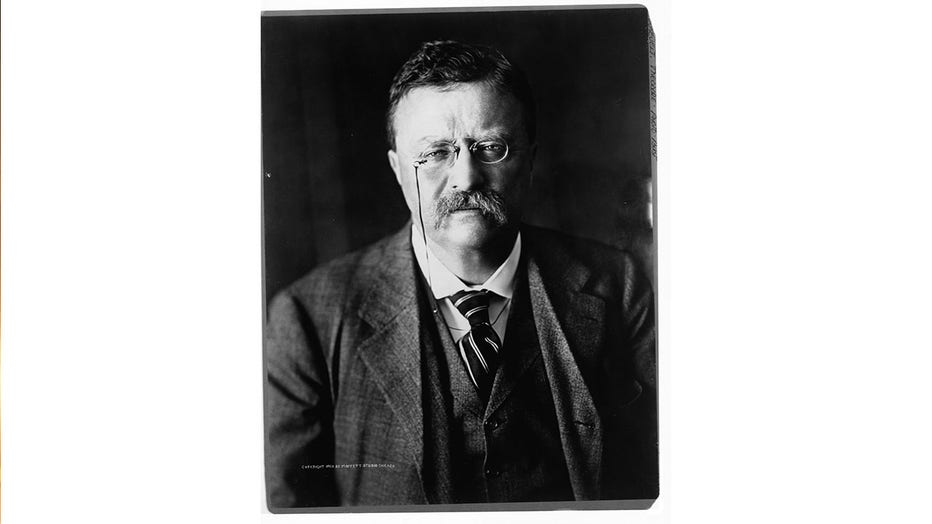Third-party presidential bids through the years: Who's come closest to winning?
Several third-party and independent candidates are in the mix this presidential election season:
- Robert F. Kennedy Jr., an anti-vaccine conspiracy theorist and scion of the storied Democratic dynasty
- Cornel West, a philosopher and Black social leader
- And No Labels, a new political party that has yet to announce their candidate
No independent or third-party candidate has won an electoral vote since George Wallace in 1968, never mind the 270 needed to claim the presidency. But third-party candidates have still been making and affecting history for decades.
Here is a look back at some of the most notable and successful runs:
Gary Johnson and Jill Stein (2016)
Libertarian Gary Johnson and The Green Party’s Jill Stein didn’t get nearly enough votes to earn any electoral votes in the 2016 election, but their presence is still notable among analysts.
That was the year Donald Trump won his presidency against Hillary Clinton, despite her winning the popular vote.
Specifically, Democrats said Stein’s candidacy siphoned votes away from Clinton and helped Trump win, particularly in states like Wisconsin and Michigan.
Johnson and Stein earned nearly 6 million votes between the two of them, which was more than 4% of the vote.
RELATED: 'No Labels' moving closer to fielding third-party 2024 presidential candidate: reports
Ralph Nader (2000)
Like the 2016 election, third-party candidate Ralph Nader in 2000 didn’t earn any electoral votes but is still said to have affected the outcome.
The consumer advocate and four-time presidential candidate was running against George W. Bush and Al Gore that year.
The tight election led to a messy recount and a shocking Supreme Court decision. Although Gore won the popular vote by more than half a million votes, he lost the Florida race by just 537 votes.
Nader picked up more than 97,000 votes in Florida, according to The American Presidency Project, a nonprofit and nonpartisan source of presidential documents on the internet that’s hosted at the University of California, Santa Barbara.
Many say Nader’s campaign took votes from Gore to swing the victory for Bush.
Overall, Nader only got about 3% of the popular vote, which was 2.8 million votes.
Ross Perot (1992)
H. Ross Perot was a self-made Texas billionaire who rose from a childhood of Depression-era poverty and twice mounted outsider campaigns for president.
The more notable one was in 1992 when he ran against George H.W. Bush and Bill Clinton.
In June of that year, a Gallup poll showed Perot leading his major-party rivals, but he dropped out in July, then rejoined the race less than five weeks before the election.
He got 19% of the vote – more than 19 million votes, which is the best showing by an independent candidate in the past century.
Some Republicans blamed Perot for Bush’s loss to Clinton.
George Wallace (1968)

Governor George Wallace, Montgomery, Alabama. (Getty Images)
As mentioned, Wallace is the third-party candidate who has most recently had the most successful showing, winning 45 electoral votes back in 1968.
He won the deep south states of Arkansas, Louisiana, Mississippi, Alabama, and Georgia, according to The American Presidency Project.
He had previously served as Alabama’s governor in a term that was dominated by mounting tension over desegregation, and his wife was serving as governor during his presidential run since Alabama law at the time prohibited governors from succeeding themselves in office.
Wallace ran that year against Richard Nixon (R) and Hubert Humphrey (D) and walked away with 13.5% of the total vote. He went on to win two more terms as Alabama governor after a constitutional amendment.
Theodore Roosevelt (1912)

Theodore Roosevelt (Photo by Library of Congress/Corbis/VCG via Getty Images)
But the title for highest share of votes ever earned by a third-party candidate in American history dates back to 1912, when former President Theodore Roosevelt gave it another go as an independent candidate.
He disrupted the election between main party candidates William Taft (R) and Woodrow Wilson (D) by starting his own affiliation to reportedly challenge and express discontent over Taft’s failure to support progressive policies.
Roosevelt ran under the Progressive Party, nicknamed "Bull Moose", and got more than 27% of the popular vote (about 3.5 million votes at the time), according to The American Presidency Project.
He picked up 88 electoral votes from Washington, California, South Dakota, Minnesota, Michigan and Pennsylvania.
Taft brought in 23% of the popular vote and only got 8 electoral votes.
Wilson won that year with about 42% of the popular vote and 435 electoral votes.
This story was reported from Detroit. The Associated Press contributed.

